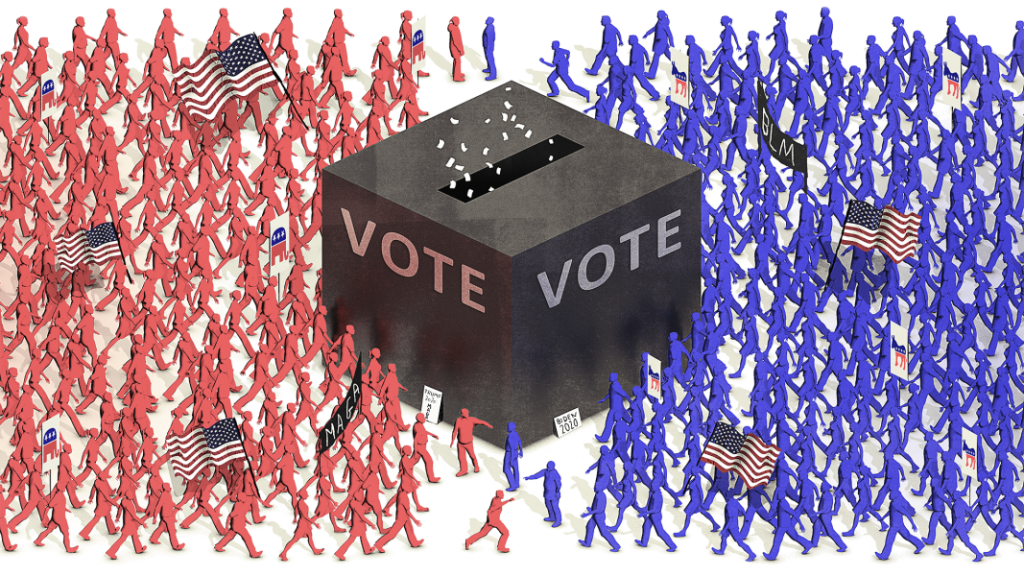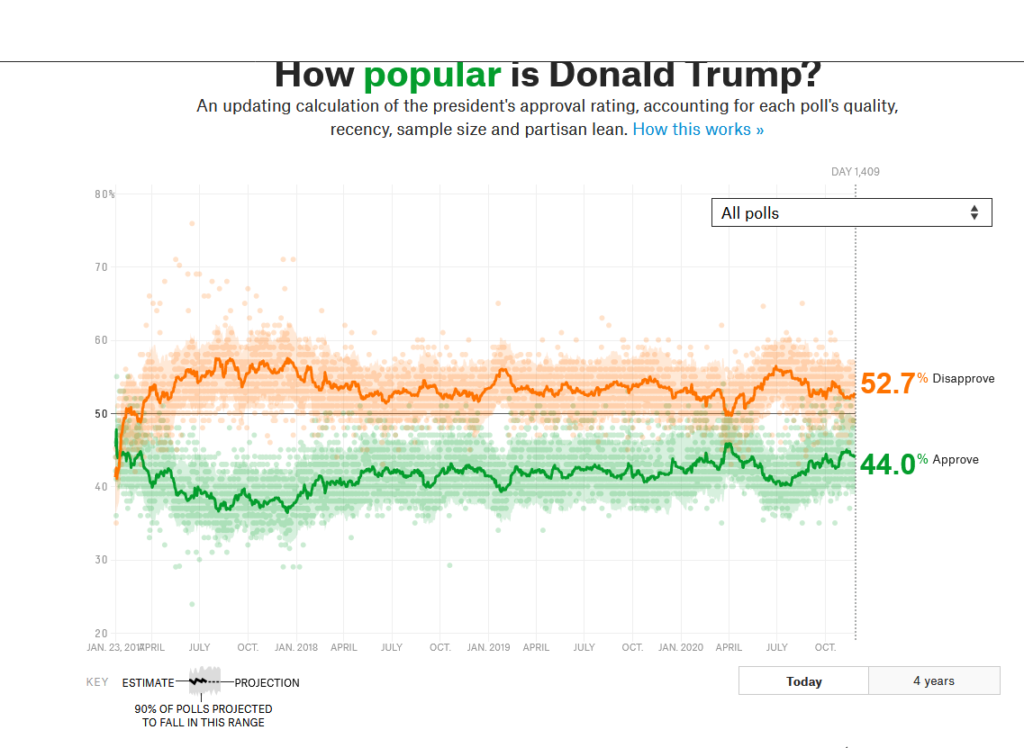Speaking of Numbers
Because a certain kind of election nerd likes graphs.

To follow-up with some data relevant to the themes of a number of my recent posts, here are several graphs. Data used from the first four below are from Dr. Michael P. McDonald’s United States Elections Project. The graphs are mine, so any errors are mine.
(Note: 2020 data are incomplete and unofficial).
The first is simply the Voting Age Population from 1980-2020. Basically, this demonstrates the obvious: there are more potential voters in every election.

The second graphs VEP and votes cast.

Note that the up/down pattern is because of presidential elections (up) and mid-terms (down). Complete data for 1982 was missing from the dataset I was using so I excluded it from the graph.
The third shows VEP turnout for presidential elections 1980-2020.

The fourth is VEP turnout for mid-terms, 1982-2018

This one is interesting because 2018 was such an outlier. It presaged high turnout in 2020. It also is a signal of general voter enthusiasm, and given Democratic success in those elections, could be seen as measurement of anti-Trump motivation that would carry over into 2020.
In McDonald’s dataset it is the highest mid-term turnout since 1912.
All of this suggests that:
- The 2020 numbers do not look like outliers. The basic trends are clear and 2018 told us that 2020 turnout was likely to be up.
- That Biden won “the most votes” is not a surprise, or even weird in any way.
- Nor is it weird that Trump lost “the most votes” in a loss.
I will add this for fun (using Wikipedia data because I am not going to do my own research for this one):

Notice a general trend? (Note that 1988 was a true landslide, 1992 was a three-way race, and in both 2000 and 2016 the winner did not win the most popular votes). Also, note that early on only some states even had popular votes for president.
Here are the losers, with a similar trend (it’s like magic or something!).

Let me finish by pointing this out, once again:

That Trump lost the popular vote should, in no way, be a surprise.
It is certainly super-shocking that Biden is on track to win over 51% of the popular vote in a country wherein 52.7% of citizens disprove of his opponent. How could this be?

Speaking of other numbers, I’ve been thinking. We had reason to anticipate a blue wave based on poll averages. We think it didn’t materialize, ergo there was no win the Senate (not by now), and no clear repudiation of Trump.
The latter clauses are still valid, but given the record turnout and votes, what if the blue wave did materialize, but along a red wave?
This would mean AZ and GA are purple, not blue, but turned up blue by razor-thin margins this time. Work needs to be done to move them along the blue spectrum. Maybe add WI as well. PA and MI are more blue, but only just.
It would also mean the country as a whole is center left, not center right, by about 3%
@Kathy: That’s pretty much how I see this. We had huge turnout of D voters, but a similar surge of R voters, just not quite as many. However, polling missed the surge of R voters. Lots of data seem to suggest an 8 point win for Biden, but he only got a 4 point win.
I am very curious about this.
@Kathy: Yes. I fear a disastrous 2022 mid-term. Blue turnout generally declines more than Red in the midterms. Dr. T’s second graph shows this, but with anomalously high total turnout in 2018, driven, I think, by unusually high D turnout driven by loathing of Trump. We won’t have that in ‘22.
I always argue against the “America is center right” thing. It’s based on asking people if they’re liberal, moderate, conservative or some such scale. What I’ve seen says what these surveys show is that most people don’t know what the terms mean in politics. “I believe in God, I try to raise my kids right, I think the rich should pay higher taxes, we should fix global warming, and abortion should be discouraged but legal. I’m a conservative.” Or, “I want Social Security and Medicare strengthened. I think health care is a right. We need a big COVID relief package, including bailing out small businesses and the unemployed, but I hate socialism.”
@gVOR08:
Yeah, this.
If you strip the labels off the policy proposals and poll Americans on whether they would prefer Package A, or Package B, or the curtain where Carol Merrill is standing, they overwhelmingly prefer left-of-center government. But they have been relentlessly propagandized that “liberal” and “progressive” are godless evil ways, so they self-censor. It’s clearly nothing to do with the policies themselves — these are people who were easily convinced that Joe Biden is a socialist, fer Pete’s sake.
@DrDaveT:They prefer left-of-center government, but they also prefer not paying taxes. The system allows both fairly easily.
@Just nutha ignint cracker: Settling for the first relevant example I found without making a project of it, I’m not sure that’s true, or at least it’s not completely true. A majority of Americans say they’d be willing to pay more in taxes to get universal health care.
@Kathy:
Don’t forget to consider long-term trends. Two of the biggest — at least IMO — political science stories over the last 30 years is the massive blue-to-red swing in the Midwest, and nearly as big a red-to-blue swing in the West. AZ is following the same pattern that has occurred in New Mexico, Colorado, and Nevada most recently. The Midwest swing is occasionally noted in the major media and “research” is undertaken: the “Cletus expiditions” that Balloon Juice and Lawyers, Guns & Money make fun of. It is rare to see the major media visiting western suburbs to ask why they’ve turned blue.
For AZ, 2022 is going to be a nice test case of the trend. I anticipate that the Dems will flip at least one chamber of the state legislature and take the governor’s race.
Or in most voters’ cases: grim determination
@p.********@**se.net: In aggregate, yes, but the breakdown by category leans “no”–73% yes among Democrats as opposed to 63% no among Republicans and 49% no among “independents.” The people who are willing to tax themselves for things seem to be concentrated in one group.